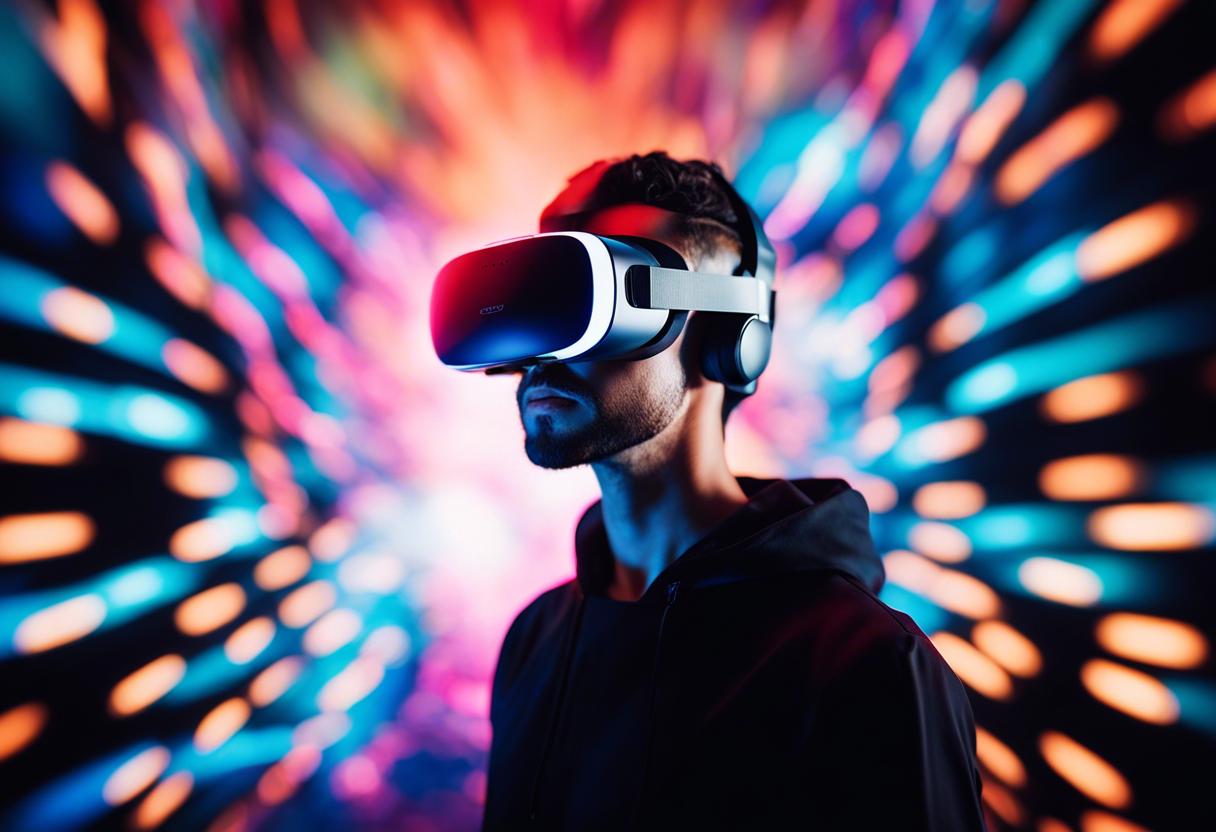Despite its historical reputation for revolutionising the tech market, Apple appears to be facing some difficulties with its highly marketed Vision Pro headset, which has received a lukewarm response across two months of availability. Evidently, tech giants’ consistent efforts to introduce internet-based technology directly onto our faces are currently running up against skepticism and resistance from stubborn consumers. A small victory for human agency, perhaps.
The technology sector has been experimenting with this concept for quite some time, beginning with the ill-received launch of Google Glass a decade ago. Mark Zuckerberg has invested an amount equal to the GDP of multiple small nations into the metaverse, even opting to rename his company in honour of it. However, it seems constructing a completely new universe is not a seven day job, even for the wealthiest in society.
Having said that, Apple’s approach is unique, with a stronger focus on the hardware. The Vision Pro, a suave wraparound visor designed in brushed aluminium with a nostalgic future-inspired look, carries a staggering price tag of $3,499 (€3,240). It also features an uncanny valley, wherein it displays video images of your eyes on an external screen, exactly where your real eyes should be. Additionally, it duplicates your face and transforms it into a digital avatar during video interactions. Presumably, a certain slice of the population will find this appealing.
If there’s any company that could possibly bring these seemingly futuristic ideas to life, it’s always been Apple. They’ve known for transforming once outlandishly imagined concepts, such as smartphones and tablets, into common consumer products before sealing users into their profitable, proprietary operating systems. Nevertheless, it’s worth recognising the mounting pressures from US and EU regulators regarding this aspect.
Unlike with previous Apple products, reviews have been quite inconsistent. A promising initial upswing in sales in the US has receded, with a wider rollout in other countries hoped for 2024. The device has been criticised for its heavy weight, leading to some customers returning their purchases. Furthermore, lingering doubts remain. What purpose does this device serve? Can it be worn for extended periods? Are users ready to compromise their appearance to look like they’re part of a Daft Punk cover band? These questions need to be answered before the Vision Pro could truly be perceived as a success.
This article does not pertain exclusively to business or technology, yet it becomes clear that these two elements gradually mould how much of our culture is created, distributed, and enjoyed. The Vision Pro, along with its more cost-effective rival, the Meta Quest, symbolise bets fir that technological advancements and customer needs will once again intersect. While that happens, it is believed that new virtual tills won’t stop ringing around the world.
Presently, neither these products nor the immersive realities they introduce us to have managed to go beyond servicing a niche market. Nevertheless, they are indicative of a determined push by some of the wealthiest and influential people to nudge us towards what they anticipate to be the seamless digital experience’s subsequent phase. The vision ahead is distinct: no necessity for hand-held gadgets, screens or keyboards. Just you, plugged in the metaverse analogous to Keanu Reeves. It’s a futuristic perception that was originated by William Gibson and Neal Stephenson in their works, Neuromancer and Snow Crash, only to frequently feature in popular culture (like in Netflix’s new hit series 3 Body Problem). Yet, it continues to be elusive, which, possibly, is a positive factor.
Author David Rieff has previously expressed his stance where he maintains that the dual traps of tech capitalism and identity-based progressivism (from which he distances himself), instead of confronting one another, hold a common goal of eradicating the uncomfortable and challenging in a bid to form ‘frictionless’ experiences in every understanding of the term: artistic, political, emotional. Their result, he wittily insinuates, would mark the termination of grand art and the ultimate victory of kitsch.
In Rieff’s words, “Why shouldn’t it be easy?” He argues, “There’s no craving for a taste that needs to be acquired. What you want are things that are instantly gratifying or make you instantly happy. That’s the era we’re living in. But that’s completely detrimental to high culture as high culture thrives on friction. Kitsch is when you feel superior about yourself for forming or expressing an opinion. So if you appreciate something, you feel morally superior for the appreciation of it. It’s a kind of cultural narcissism.”
While I struggle to wholly accept Rieff’s notion that the seamless consumer experience facilitated by technology illustrates global capitalism’s supremacy over art and creativity, I remain undecided on the validity of his argument. David Rieff’s Substack ‘Desire and Fate’ can be accessed at davidrieff.substack.com.

